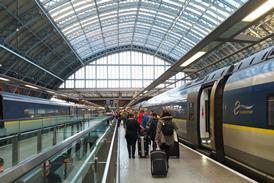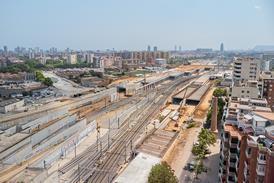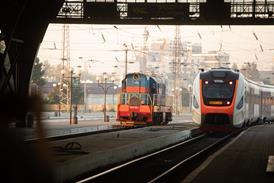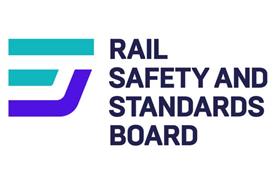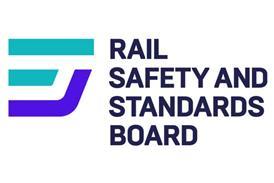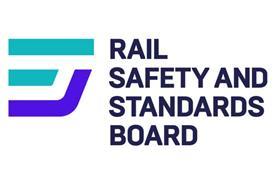INTRO: The AAR ruled in 1989 that new wheels must be heat-treated, but the extra wear life anticipated has been compromised by a sharp rise in spall or shelling defects. A research effort will address the problem
BYLINE: Daniel H Stone
Chief MetallurgistTransportation Technology Center Inc
AROUND A MILLION of the 10 million wheels under freight cars in the US and Canada are removed each year, although 36% are in good condition and return to service on reconditioned wheelsets. The remaining 640000 are replaced by new wheels at an annual cost of $600m.
In an attempt to extend wheel life, the Association of American Railroads has required since 1989 that new wheels be heat-treated (AAR Grade B or C). The aim was to eliminate untreated Grade U wheels from service, and today 95% of North American freight cars are equipped with Grade C wheels.
Data from the Facility for Accelerated Service Testing (FAST) experiment at Pueblo in Colorado run by AAR’s research arm, Transportation Technology Center Inc, showed that the wear rate of Grade C wheels was one-third that of the softer Grade U wheels. It was therefore anticipated that the number of wheels consumed per billion net tonne-km hauled would drop by 50% to 60% as a result of the switch from Grade U to Grade C.
However, a tread thickness survey sponsored by TTCI revealed last year that most wheels currently in service are in near-new condition. Fig 1 shows that only about 6% of wheels had more than 600mm2 of tread wear, whereas the limit for scrapping from this cause is 2 100 mm2.
Fig 2 shows that in 1989 around 350 wheels were consumed per billion net tonne-km hauled. While there has been an improvement in wheel life to fewer than 260 wheels per billion tonne-km, the reduction expected has not been approached.
Last year’s survey suggests that the majority of wheels are removed for defects long before their useful life in terms of tread wear has been exploited. Eliminating or substantially reducing wheel defects not only allows wheels to wear out. A reduction in the occurrence of defective wheels also makes an important contribution to safer operations.
The AAR car repair billing database tells us that only 16% of the million wheels removed each year are worn out. With 36% returned to service, the remaining 48% must have been scrapped early due to the presence of defects.
Fig 3 shows that during 1989 the total number of wheels removed for spalls, slid flats, thermal cracks, and tread build-up exceeded the number of wheels removed for wear related causes, reversing the position in 1988. Also, when a wheelset containing a defect is removed for a defect in one wheel, the undamaged mate may be lost because it is below its reapplication limit, causing an additional economic penalty.
Spalls and shells
The proportion of wheels removed because of defects has continued to increase. In 1997, removal of wheels for spalls and shells alone exceeded removals for wear. It is noteworthy that wheel removals typically increase by an order of magnitude during the winter months, when braking conditions are affected by ice and snow.
Spalling has increased year by year from its former status as a minor cause for wheel removal. A shell defect is the loss of a small patch of tread material by rolling contact fatigue. Spalling is the loss of a small patch of tread material by the formation of martensite during flash heating by friction during a wheel slide.
Spalls and shells cannot be differentiated by visual inspection. The only non-destructive method for differentiating the defects is to etch the wheel tread. If the area around the defect produces a gray colour then the defect is a spall; if no change in appearance occurs it is a shell.
Shelling has been attributed to either the action of a false flange increasing the contact stress, or increased adhesion from an improperly steering wheelset. Shelling has been observed in western Canada and on the Carajas Railway in Brazil, and in both cases has been eliminated by the application of either frame-braced or steering bogies.
Spalling, on the other hand, is the result of wheel slide which produces high enough temperatures on the tread skin to metallurgically transform a thin surface layer to a different steel structure. This untempered martensite is brittle and has a crystal structure that is approximately 4% larger than the base pearlitic structure.
This results in very high residual tensile stresses being induced around the 0·5 to 5·0mm thick patch of surface martensite. Heat transfer calculations and laboratory quenching studies of wheel steel have shown that the martensite transformation takes place within a fraction of a second.
The amount of wheel spalling is inversely proportional to car weight. Four variables contribute to wheel sliding that will produce sufficient energy for martensite formation:

